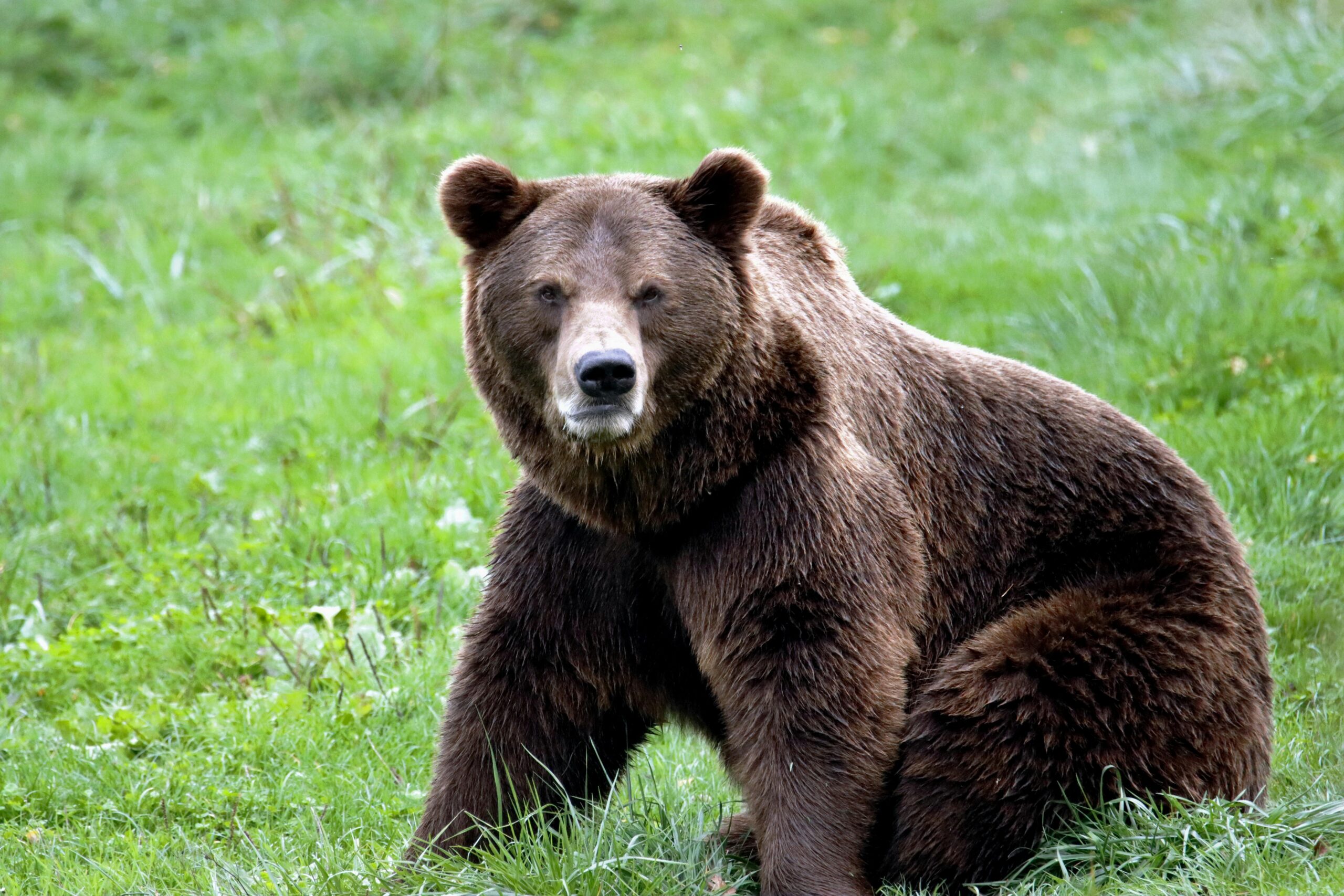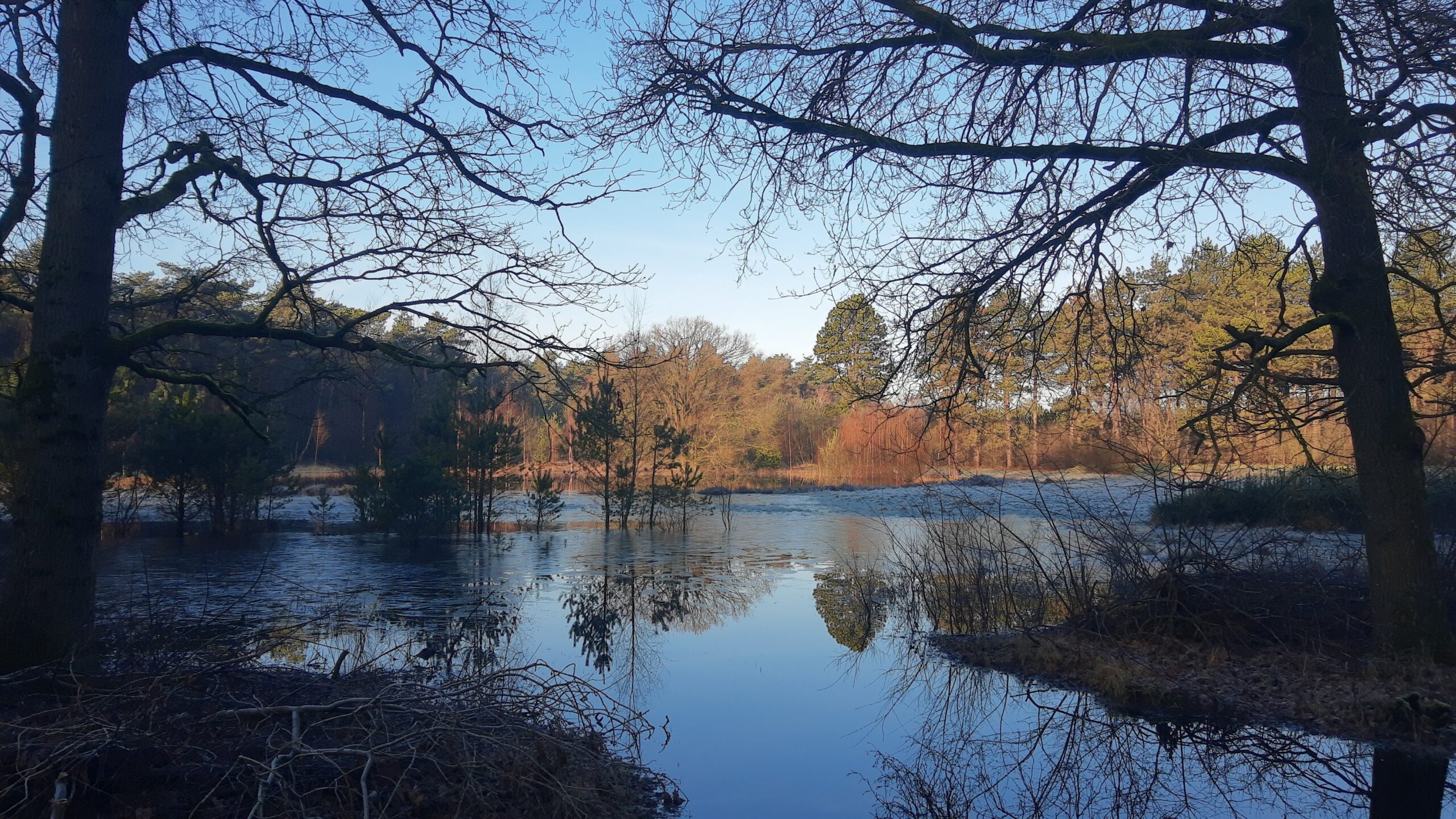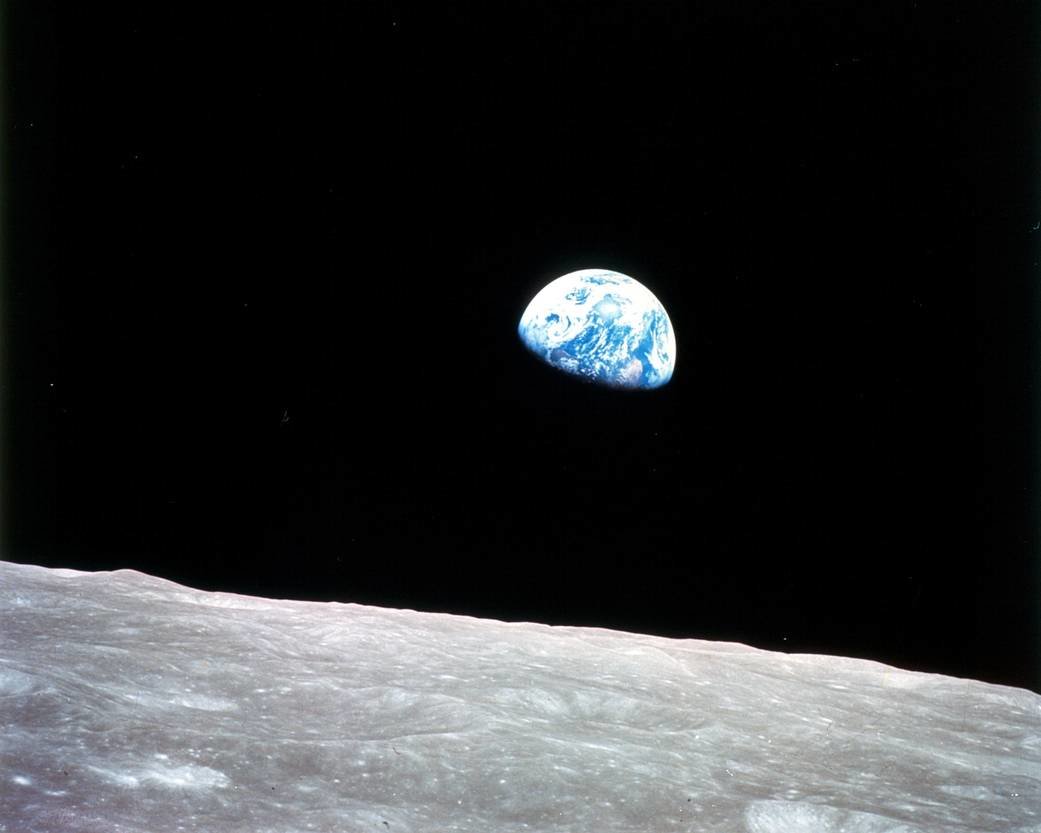From an early age I was touched by the nature around me. Therefore, it was no surprise that I felt completely at home when studying Forest and Nature Management at Wageningen University. It was there that a seed has been planted to really understand conflicts between people and wild animals. Especially what lessons we can learn in order to learn to live together. However, this seed was not planted during regular lectures. And, even not in the Netherlands. It was planted during my internship in and around Yellowstone National Park, Montana, USA. That seed needed some time to develop. After an ecologically oriented study and experience in policy practice I initiated my research into human-animal interactions, from an social science perspective.
Based on my experiences, I can tell that various people, from various disciplines, basically all want to live together with the wild animals they regard “problem animals”. However, they get stuck in answering the ‘how’ question and rely on standard ways of thinking and possibilities, often including lethal measures.
My motivation for this theme did not arise only from my own experiences. I also observe a social (and ecological) necessity. There is a reason why the subject of sustainability is a top priority on various political agendas. Related to this, the effects of climate change on the spreading of wild animals is another important theme. As a consequence, for example, Dutch people might suddenly find a brown bear in their backyard (ok, maybe wait a few more years). Wolves, on the other hand, have been established in the Netherlands. That is something we couldn’t imagine about ten years ago.
What drives me most, and is – from my perspective – essential in moving forward to a sustainable future in which humans and wild animal can thrive in the best way possible: Are we willing to ‘listen’ to the other person, as well as the wild animals surrounding us? To listen to the voice of other people and to the ‘voice’ of wild animals around us. By truly listening, understanding and discovering why the other person expresses himself in a certain way, it is possible to take sustainable steps. This means, literally, letting go of control and remain open to mutuality in relations. I accept that challenge with people and wild animals. And hope more people to follow and share their stories to understand different perspectives from humans and wild animals.


